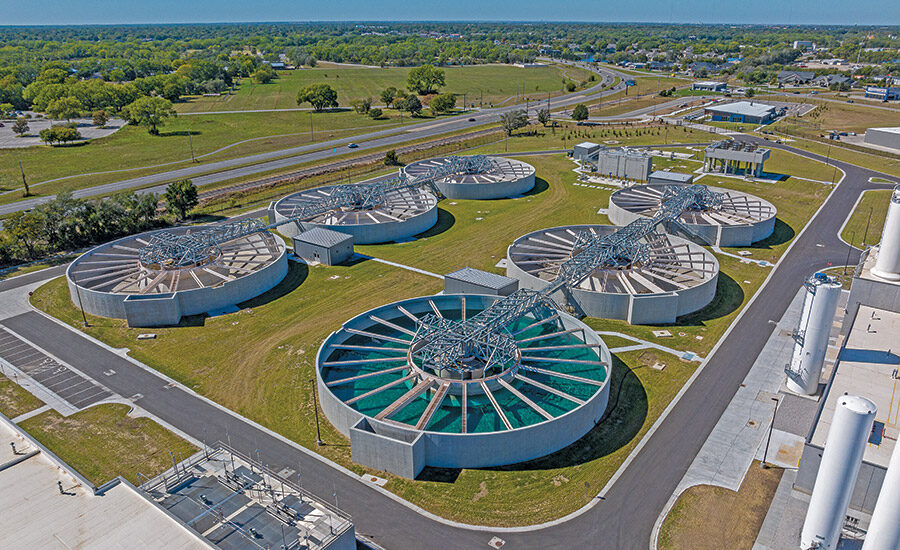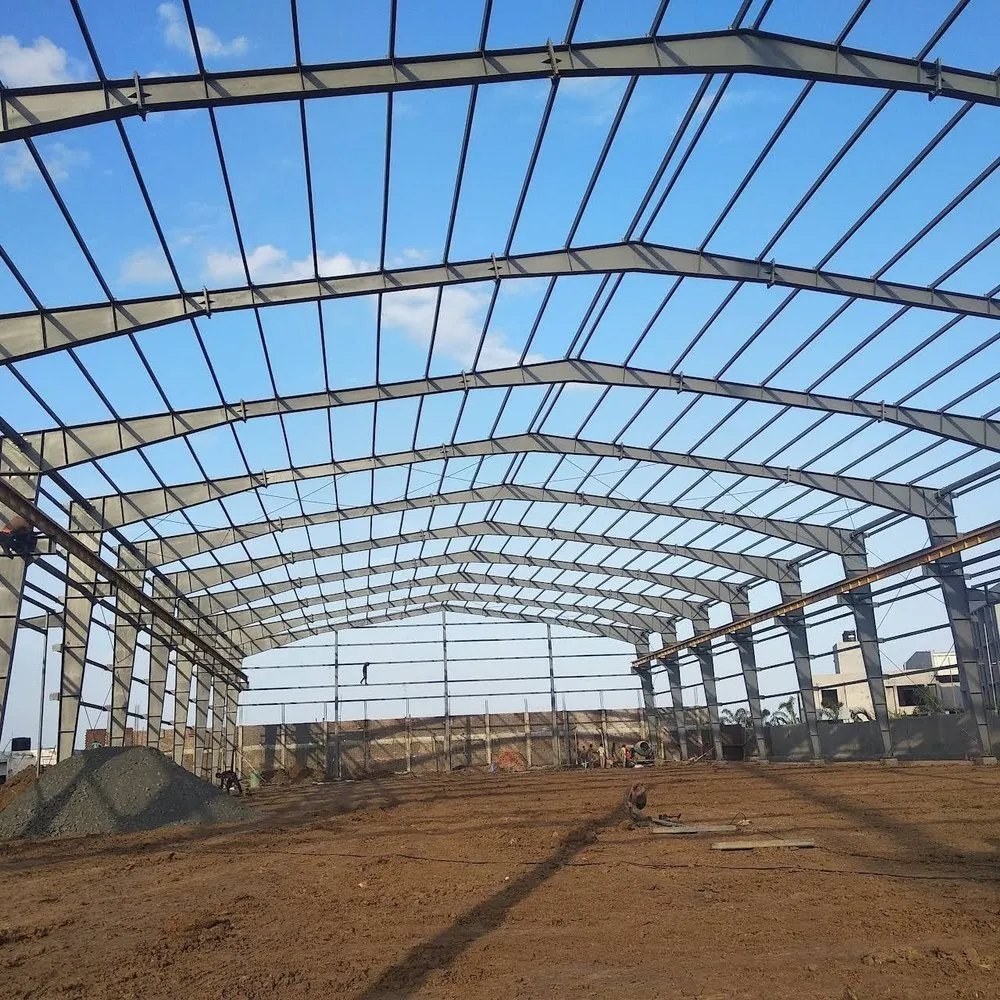
ENR Midwest 2024 Top Starts: Massive Projects Make Impact in the Midwest
Midwest contractors continued to thrive in 2024 despite facing the ongoing challenges of high interest rates, inflation, labor shortages and an election that confirmed a changing of the guard in the White House and Congress in 2025.
The projects that rose to the top of ENR Midwest’s 2024 Top Starts list—data centers, battery parks and wind and solar farms prominent among them—indicate market areas that are flourishing and show where many contractors are devoting their energy and resources.

Clayco is launching Clayco Compute, a new business unit focused on such advanced technology work as the Quantum Campus project on the former USX site on Chicago’s South Side. It marks a significant milestone in establishing the city as a global quantum computing hub.
Rendering courtesy Clayco
Evolving Client Needs
The ranking, which details the highest-value projects to break ground in the past year, shows projects and industry sectors that are defining the Midwest market. Data is sourced from Dodge Construction Network.
“2024 was a landmark year for Chicago-based Clayco, marked by significant growth and success in winning and executing large-scale projects across the country,” says CEO Anthony Johnson. “Our business grew, reflecting our ability to meet the evolving needs of our clients in dynamic sectors. We secured major products in critical areas like data centers, quantum computing, advanced manufacturing, AI and life science.”
Responding to growth in advanced technology, Clayco launched Clayco Compute in 2024, a division focused exclusively on construction of data centers and related “hyperscale” projects.
The new business unit is intended to take advantage of growing demand for advanced data center and quantum computing construction projects, says the company, noting that Colliers projects the hyperscale data center market to grow 10% to 20% annually through 2030. Also, U.S. private investments in the sector are expected to increase to $1 trillion over the next five years, according to Sean Klimczak, global head of infrastructure for investment firm Blackstone.
Clayco says it has completed or is undertaking more than $12.7 billion in advanced technology projects, with 57 active data center projects across the country.
“We secured major projects in critical areas like data centers, quantum computing, advanced manu-facturing, AI and life science.”
—Anthony Johnson, CEO, Clayco
Like Clayco, Burns & McDonnell sees data centers as a key growth driver, adding that electrical infrastructure and artificial intelligence are other hot market sectors that are expected to grow rapidly.
“Growing power demand [from data centers and AI] has created a high-stakes balancing act,” says Leslie M. Duke, chairman and CEO of Burns & McDonnell. “The artificial intelligence revolution is poised to reshape both the data and power industries for decades to come. Building the data centers to fuel this advanced technology and supplying them with sufficient power are among today’s biggest challenges.”
The power consumption demands of AI-focused data centers are driving innovation in energy efficiency and sustainable practices.
“These advancements are paving the way for more environmentally friendly solutions across various industries,” she says.
Even with such immense opportunities, the challenges are many.
“Each new project, from an AI-focused data center to an EV charging hub or a semiconductor plant, presents big questions,” Duke says. “Where will the power come from? And how can providers determine the necessary infrastructure improvements or possible interconnection enhancements without risking the pitfalls of overbuilding or underdelivering?”
She notes that “decisions made today must anticipate the energy landscape of tomorrow, considering the potential shifts in energy consumption patterns and changing regulatory landscapes and environmental policies, all while grappling with strained supply chains, aging grid infrastructure and the need for expansion of low-carbon electricity sources.”
“To meet new capacity and infrastructure requirements, many hurdles must be cleared,” Duke adds. “At the same time, supply chain constraints drive up costs and delay critical projects, creating bottlenecks rippling across industries. Overcoming existing and anticipated power challenges will require a diverse energy portfolio to deliver reliable power while maintaining sustainability goals.”
Contractors also are coping with a new political landscape.
“As with the start of any new administration, there are still many unknowns regarding new regulations, policy changes and other shifts being implemented,” Duke says. “This uncertainty adds another layer of complexity to the already challenging landscape of energy infrastructure development and management.”
“Decisions made today must anticipate the energy landscape of tomorrow.”
—Leslie M. Duke, Chairman & CEO, Burns & McDonnell
Duke says diversification is key to success going forward. The firm designs data centers, protects and cleans waterways and builds facilities for military aircraft and space vehicles, among many other services.
“We are forecasting an influx in gas turbines coming into the market for many years,” she says. “We continue to work with utilities and cooperatives to perform engineering and construction of these facilities.”
Other areas where the company expects growth are in the midstream and logistics industry as gas demand continues to grow.
“We think we will see more traditional refining projects,” she says.
Looking Ahead
Johnson says his company has been capitalizing on growth in data centers and will continue to do so. In 2024, Clayco reported $3.6 billion in revenue on data center projects, accounting for half of Clayco’s total company revenue, and more than doubling its $1.5 billion data center total in 2023. Clayco Compute is projected to continue that growth in 2025 and is expected to reach more than $4.5 billion in revenue by 2026.
Clayco, like Burns & McDonnell, is upbeat about 2025.
“We are focused on scaling and strengthening our vertically integrated design-build and development capabilities, including design, engineering, procurement, self-perform and development services,” Johnson says. “We will continue to grow within key mission-critical sectors such as advanced manufacturing, data centers, life sciences, e-commerce and food and beverage while also expanding into newly targeted strategic markets.”
Post a Comment
You must be logged in to post a comment.





